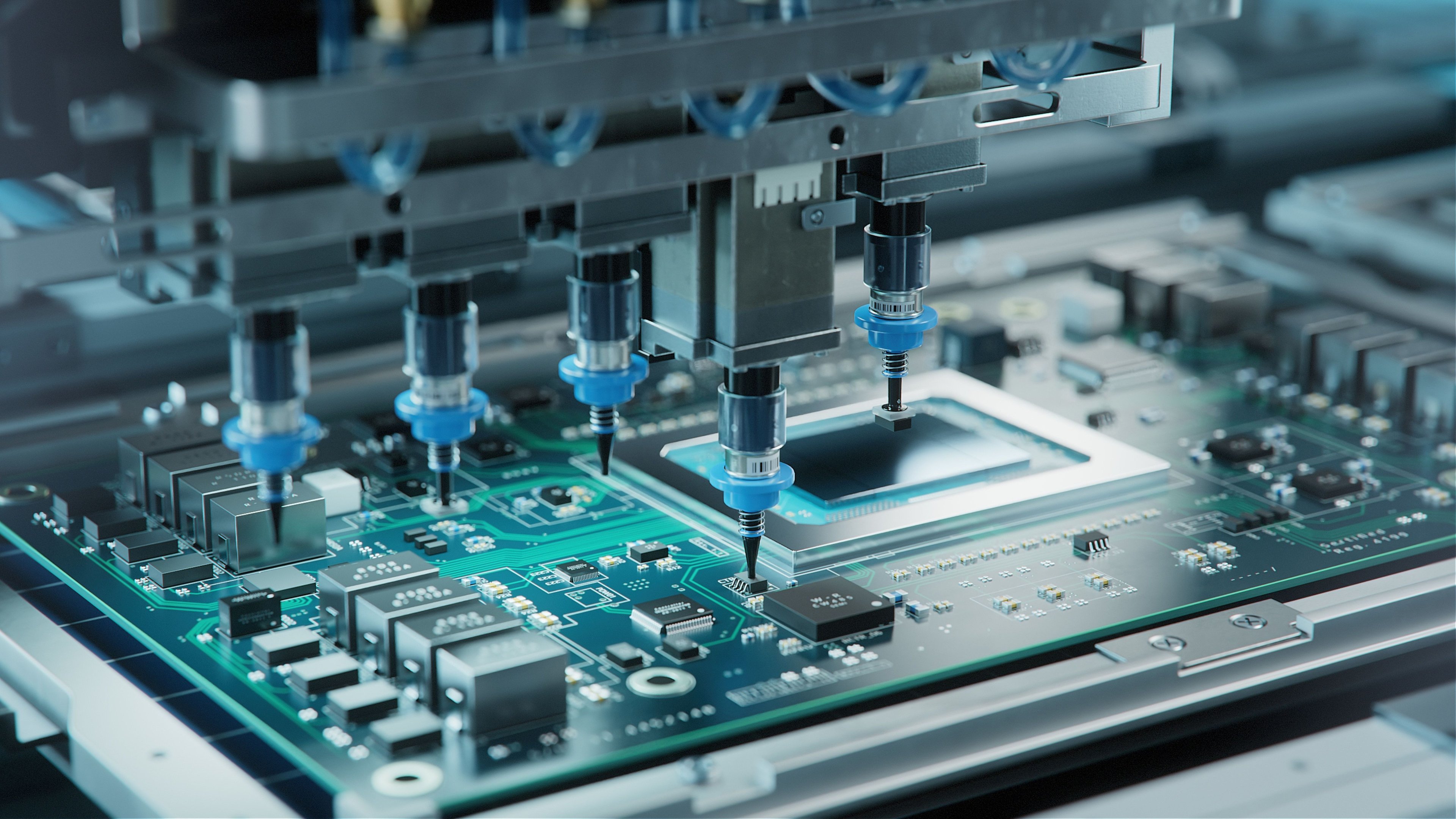Audio-chip developer Cirrus Logic (CRUS +0.91%) reported its fiscal first-quarter results after the market closed on Aug. 1. Revenue plunged by more than 20% due to weak demand for smartphones and a shift toward lower-priced components. Profits dived as well, and the company expects the pain to continue for the rest of the fiscal year. Cirrus is calling for a return to growth in fiscal 2020, but that will depend on new products and new customers.
Here's what investors need to know about Cirrus' first-quarter report.
Cirrus Logic: The raw numbers
|
Metric |
Q1 2019 |
Q1 2018 |
Year-Over-Year Change |
|---|---|---|---|
|
Revenue |
$254.5 million |
$320.7 million |
(20.6%) |
|
GAAP net income |
($4.3 million) |
($42.9 million) |
N/A |
|
Non-GAAP earnings per share |
$0.28 |
$0.81 |
(65.4%) |
Data source: Cirrus Logic. GAAP = generally accepted accounting principles.
What happened with Cirrus Logic this quarter?
- Revenue from portable audio products was $212.3 million, down 24.4% year over year.
- Revenue from nonportable audio and other products was $42.2 million, up 5.4% year over year.
- Cirrus blamed weak demand for portable audio products targeting the smartphone market for the revenue decline, as well as the sale of lower-priced components aimed at Android devices.
- Cirrus generated 76% of its revenue from Apple, its largest customer. That's down from 79% in the fourth quarter of fiscal 2018.
- GAAP gross margin was 48.9%, down from 50.4% in the prior-year period.
- Cirrus ended the quarter with $386 million of cash, down from $435 million at the end of fiscal 2018.
- Cirrus spent $40 million to repurchase shares at an average price of $38.87 during the quarter. The company has $160 million remaining in its latest share-repurchase authorization.
Cirrus provided the following guidance:
- Second-quarter revenue is expected between $310 million and $350 million, down 23% year over year at the midpoint. The company expects headwinds related to lower volumes on older headset solutions, partially offset by product-cycle demand in the second half of the year.
- Second-quarter GAAP gross margin is expected between 48% and 50%.
- GAAP research and development and selling, general, and administrative expenses are expected to total between $132 million and $138 million in the second quarter.
- Cirrus continues to expect to return to revenue growth in fiscal 2020, driven by new products and a broader customer base.

Image source: Getty Images.
What management had to say
Cirrus management gave an update on the digital headset market in the quarterly letter to shareholders: "The digital headset market represents a meaningful opportunity for Cirrus Logic over the next few years. While broad-based adoption in the Android market has taken longer than anticipated, we are starting to see a considerable increase in design wins with hi-fi digital headsets, continuously adaptive ANC headsets and USB-C to 3.5-millimeter analog headset adaptors."
During the conference call, CEO Jason Rhode answered a question about the Android business and, specifically, the company's second-largest customer: "Well, yeah, the non-largest customer, I think a large part of that is, frankly, our second-largest customer. That's an account that has obviously got some challenges going on. Outside of that, we're actually doing quite well in the Android space."
While Cirrus doesn't state which Android phone maker is its second-largest customer, it's very likely to be Samsung, which warned about weak smartphone demand in May.
Looking forward
Cirrus expects its revenue to decline this year. The company didn't update its full-year revenue outlook, but in May it called for a decline of about 10% compared to fiscal 2018. A return to growth in fiscal 2020 is predicated on the company expanding its Android business while continuing to be a critical supplier for iPhones.
The global smartphone market is expected to decline this year, according to IDC, with low-single-digit growth over the following five years. With muted demand, Cirrus can no longer rely on a booming smartphone market to drive its revenue higher.






